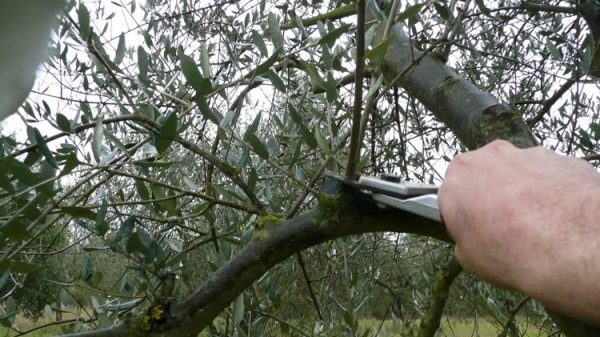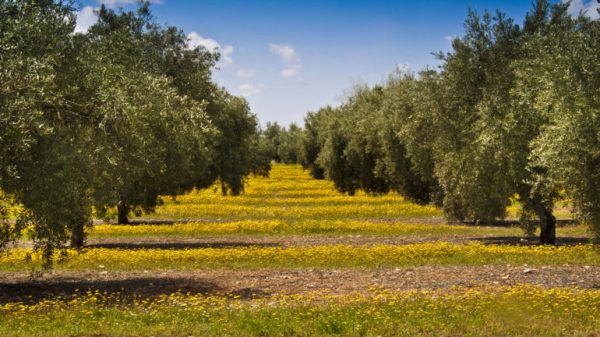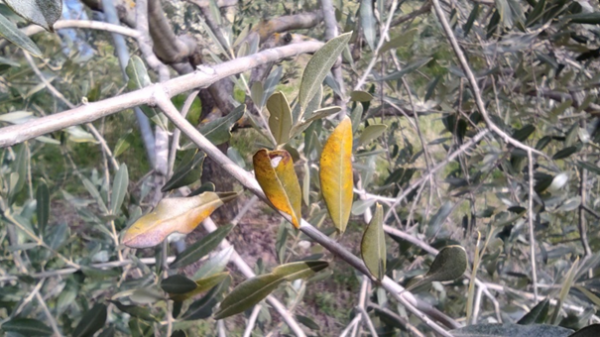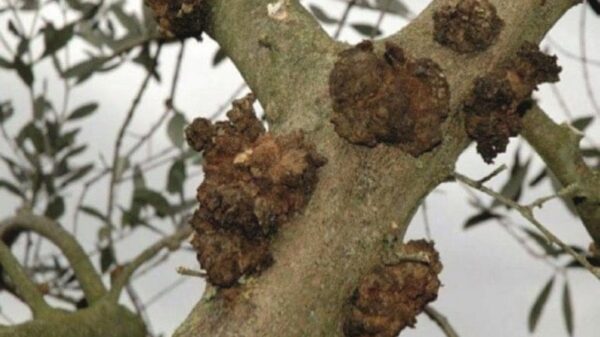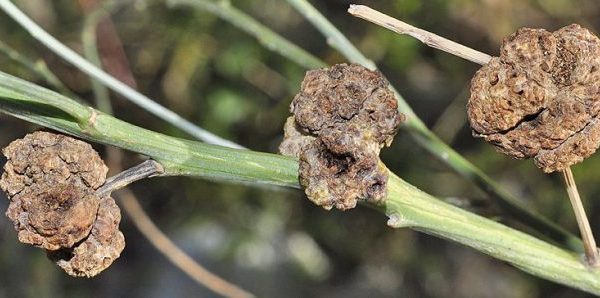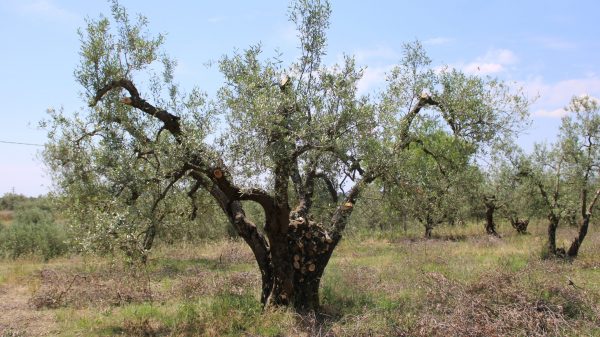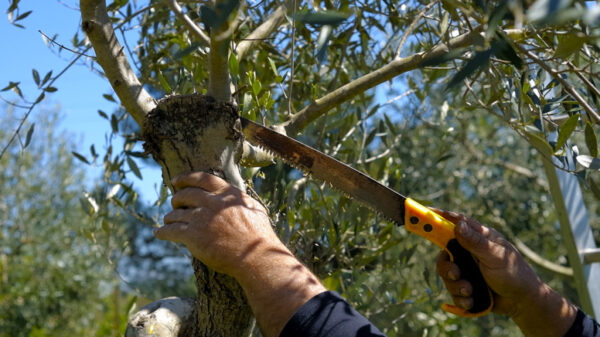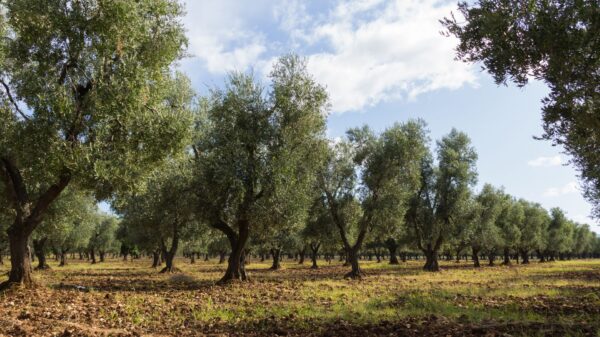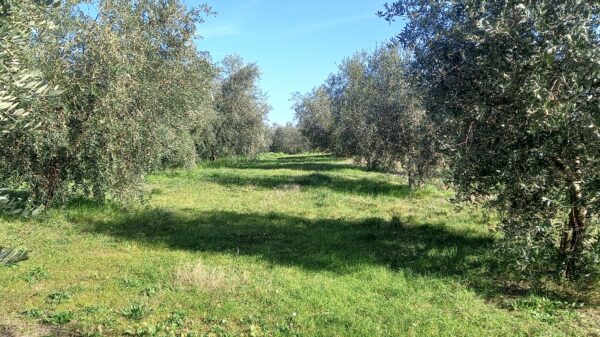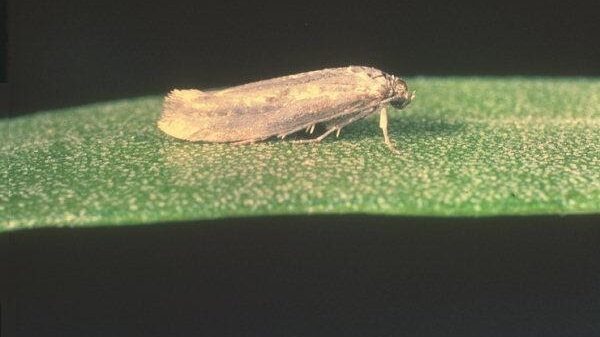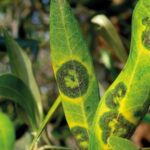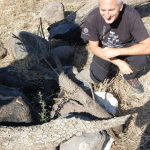We have already considered, in a previous article, that thenitrogen it's a fundamental nutrient for olive trees: they need it to support the growth of leaves, the development of shoots, flower antlers, flowers and the ripening of olives. At this moment the roots are able to absorb the nutritional elements well and the soils are on average well endowed with humidity, therefore the fluids present in the soil, containing dissolved mineral salts, come into contact with the root hairs and the latter absorb them easily.
How it is absorbed by the olive tree
Plants incorporate nitrogen mainly in the form of nitrated ions (NO3-) which, not being retained by the ground, are immediately available, then also how ammonia ions (NH4+): in this case the soil releases them more slowly and they also undergo a nitrification transformation into nitrites and nitrates. This conversion requires the action of particular bacteria present in the soil and called nitrifiers, the times of which depend on the conditions of the soil, such as temperature, humidity, pH. Under optimal conditions this modification can take from a few days to a few weeks.
How it works in the olive tree
Once the nitrogen is absorbed and transported from the roots to the upper parts of the plant, it is used to synthesize proteins necessary to the tree, and this process is called "protein synthesis", which occurs within the “ribosomes”, small structures inside the cells, which have the specific task of combining it with other elements, such as carbon, hydrogen, oxygen and, sometimes, even with sulphur.
The first phase of this protein synthesis is the formation of amino acids, from these the proteins will then be obtained which will be directed to various points of the plant. The production of amino acids and proteins is a continuous process, their quantity and type vary according to the vegetative phases and seasonal cycles; it is also influenced by environmental conditions and the needs of the plant itself.
For example, during the vegetative growth phase, the olive tree has a high need to increase protein synthesis, because it must form new leaves, branches and roots and prepare for the production of flowers and pollen. In this spring period we can thus help the olive tree by providing nitrogen with fertilization to the land.
How much nitrogen per hectare of olive grove
In the absence of soil analysis, we can consider the quantity of nitrogen to be distributed in the olive groves as a return to the soil of what was removed in the previous production campaign, evaluated on average in 90 kg for one hectare.
This quantity should be divided into two or three moments, between the vegetative restart and the hardening phase of the stone, a 30% upon recovery, about mid-March, a another 30% in pre-flowering, late April – early May, a final 40% in the fruit setting/first swelling of the drupe last ten days of June.
If you have not done so with the first application, it is possible to implement it in this first fortnight of April, always with a fertilization of the soil. The quantity to be used will be half of that expected, i.e. 45 kg/ha and the formulations to be used could be:
• Nitro-Ammonia, with intermediate release such as "Ammonium nitrate", which has an average content of 21% therefore 215 kg/ha should be distributed if you have 200 olive trees per hectare approximately 1 kg/plant;
• Ammonia with a more prolonged release, such as ammonium sulphate, with an average concentration of 21%, in this case the dosage would be 215 kg/ha, with 200 olive trees per hectare approximately 1 kg/plant;
• Urea, slow release with an average content of 46%, 98 kg/ha with 200 olive trees approximately ½ kg/plant.
After fruit setting, that is, after the flowers have been pollinated and the small olives begin to form, the olive tree will have to invest energy and resources for their growth and development and will require still active protein synthesis. The plant will, in fact, have to produce the substances necessary for the formation and ripening of the olives and I will have to add proteins for photosynthesis, for respiration and the production of enzymes that regulate the biochemical processes inside the olives for the ripening and oiling. In this case it will be returned to the ground to complete the other dose of 50%.
At the end of June it will be possible to evaluate foliar contributions with nitrogen, the application of which would be justified by any needs of the plant or the limited water contents of the soil, not forgetting that in June there could be high temperatures or limited presence of water in the soil, which would lead, as consequently, to a reduction in nitrogen intake by the roots.
AIPO Director
Interregional Association
Olive producers
Browse for free L'OlivoNews click , here.

